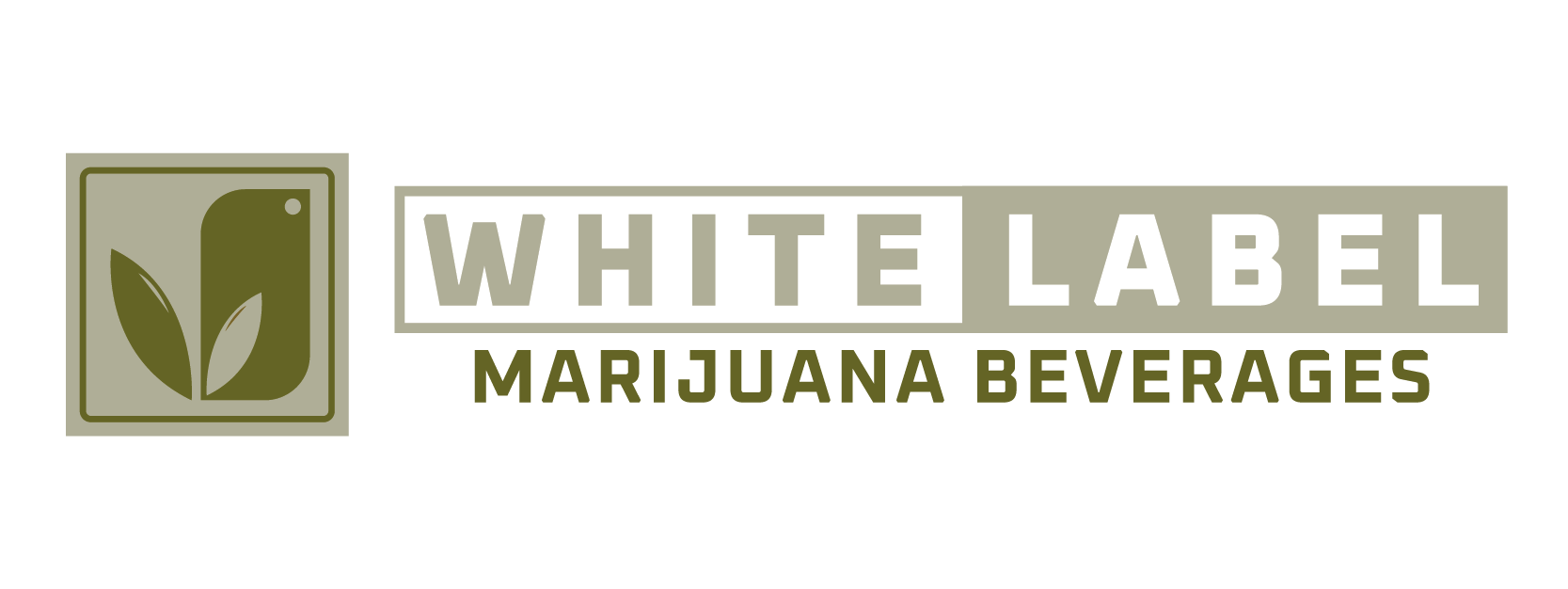The cannabis beverage market is no longer a niche—it’s one of the fastest-growing product categories in the industry. And behind this surge are millennials and Gen Z consumers, two generations reshaping not only how cannabis is consumed but also how it’s marketed and experienced. From healthier lifestyle choices to social trends, their buying power and cultural influence are fueling this shift.
A Market on the Rise
According to BDSA, a leading cannabis data analytics firm, U.S. cannabis beverage sales grew more than 60% between 2021 and 2023, with projections showing continued expansion through 2026. While flower still dominates overall sales, beverages are gaining traction in ways that resonate strongly with younger consumers who are seeking alternatives to smoking and vaping.
Millennials (born 1981–1996) and Gen Z (born 1997–2012) together represent the largest share of legal cannabis consumers today. Headset, a cannabis retail analytics platform, reports that these age groups account for nearly 70% of beverage sales in mature markets like California, Colorado, and Nevada.
Health and Wellness Matter
One of the main drivers for younger buyers is wellness. Unlike older generations who may associate cannabis primarily with smoking, millennials and Gen Z often view it as a tool for self-care. Cannabis beverages—especially low-dose THC, CBD-infused, or functional blends with adaptogens—fit seamlessly into this wellness-oriented lifestyle.
Data from New Frontier Research shows that over half of Gen Z consumers prefer products perceived as healthier alternatives to alcohol. Cannabis drinks, with options like sugar-free seltzers, sparkling tonics, and herbal teas, provide a way to unwind without the hangover. For many, replacing or supplementing alcohol with cannabis beverages aligns with their values of balance and moderation.
Social Consumption and Experience
Younger generations also prize shared experiences. Cannabis beverages are easy to integrate into social settings, whether it’s a dinner party, a music festival, or a casual hangout. Unlike edibles that can take hours to take effect or flower that requires equipment and space, beverages are discreet, portable, and familiar.
BDSA’s consumer research highlights that millennials and Gen Z are more likely than older generations to choose cannabis beverages in group settings, citing convenience and social acceptance as key reasons. A sparkling THC seltzer at a rooftop bar or infused mocktail at a cannabis lounge feels trendy and inclusive.
The Influence of Alcohol Alternatives
Millennials and Gen Z have also been central to the “sober-curious” and “mindful drinking” movements. NielsenIQ data shows a steady rise in non-alcoholic beverage sales, including mocktails and functional sodas, over the past five years. Cannabis beverages naturally overlap with this trend, offering buzz-without-booze appeal.
Many brands are marketing directly to this demographic with flavor innovation and lifestyle branding that mirrors popular alcohol categories—think cannabis-infused IPAs, hard seltzers, or energy-boosting drinks. The familiarity makes it easier for consumers to swap their beer or cocktail for a cannabis-based option.
Branding and Identity
For millennials and Gen Z, brand identity matters almost as much as product quality. Younger shoppers are digital natives who connect with storytelling, aesthetics, and values such as sustainability. Successful cannabis beverage brands often highlight eco-friendly packaging, transparent lab testing, and stylish design to stand out on dispensary shelves.
A 2024 Headset survey found that younger consumers are more likely to try new cannabis beverage brands compared to other product categories, suggesting that branding innovation is key to capturing their loyalty. Whether it’s bold flavors, celebrity endorsements, or wellness positioning, companies that resonate culturally are seeing the greatest traction.
What This Means for the Market
Millennials and Gen Z are not just driving demand—they’re shaping the future of cannabis beverages. Their preferences are pushing brands to innovate with healthier ingredients, creative flavors, and socially engaging formats. As these consumers age into their peak spending years, the category is expected to expand well beyond its current base.
For shoppers, this means more choice, better quality, and products that reflect evolving lifestyle trends. For the industry, it’s clear: understanding these generations is essential to capturing the next wave of cannabis growth.

